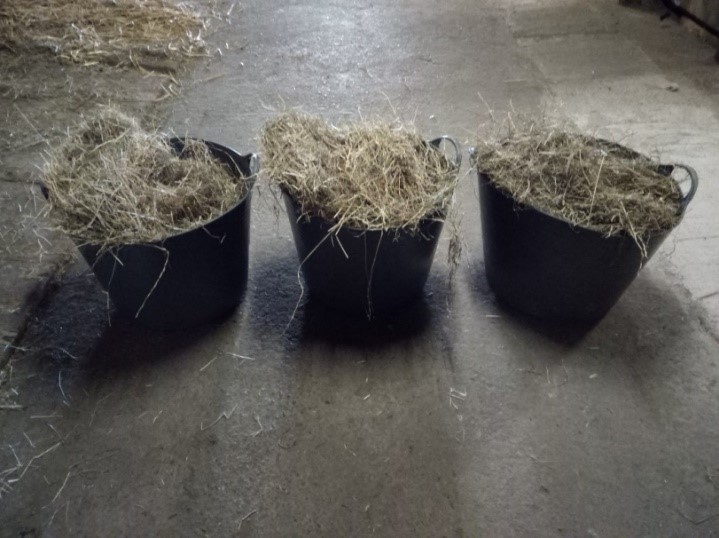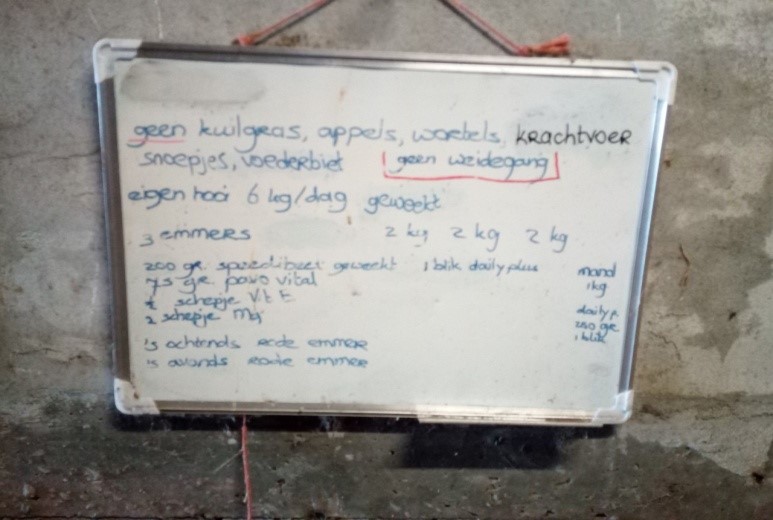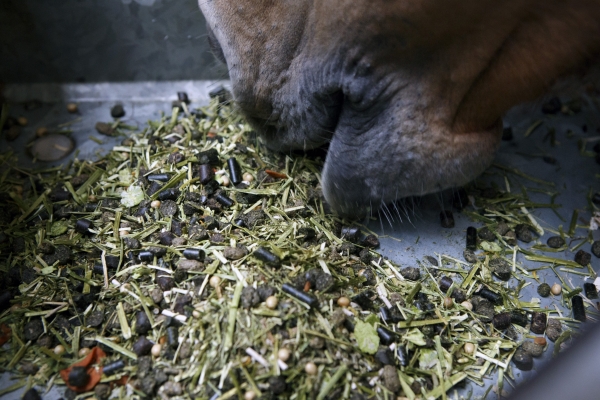|
Advice article filter
|
Tips to feed your horse separately in a livery stableYears long you have been lucky enough to have your horses stabled at home. This is a true luxury. However, due to circumstances you are not able to stable your horses at home anymore. Or you might have never had the chance to stable your horses at home. Anyway, you have to find yourself a livery stable for your beloved horses. A tough choice, you have to feel comfortable but what is even more important is that your horse has to feel comfortable as well. At home you were always able to feed yourself and to make your own decisions. You could change the feeding plan whenever you felt that there was something that needed change. At a livery stable this changes. Livery stables have their own feed, their own feeding plan and their own beddings. Often you can have a little impact when talking to the people at the livery stable, but with a few preparations you can make sure that your feeding wishes can be taken into account. Special diet for your horseSometimes it is even necessary to change the feeding plan of the livery stable. For example if your horse has a serious illness, as laminitis, Cushing (PPID) or your horse is too thin or too fat and needs to lose weight. When having a horse that has laminitis or Cushing, it is important to feed him feed that has a low as possible sugar and a starch amount. Favourably you would like to feed your horse hay that has been analysed, so that you know for sure that there are no risks involved when feeding your horse. The hay also needs to be weighed in order to prevent the fact that your horse will receive too much hay. Nevertheless, how do you manage this with the owner and workers at your livery stable? The tips below might be useful! Tips to feed your horse separately in a livery stable
Tip 1: preparation
|




